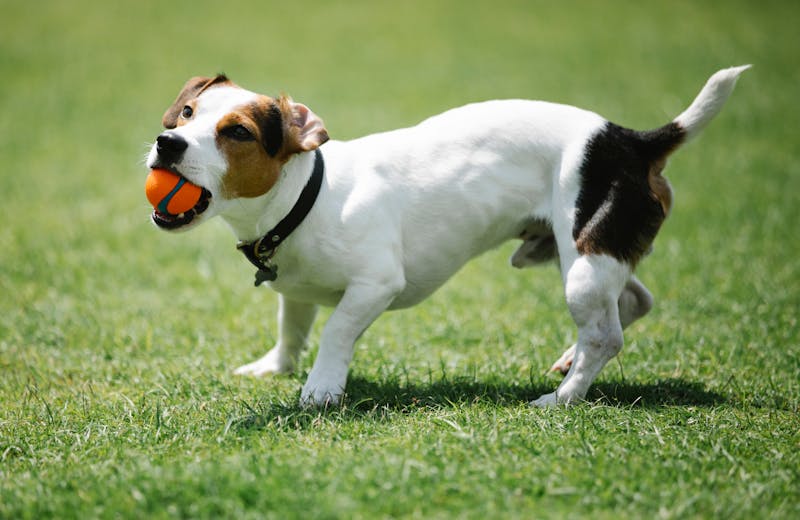-
Dogs & Puppies
-
Cats & Kittens
-
Other Pets
-
Shelters & Rescues
-
Guides & Resources

The classification of dog breeds into large, medium, and small categories is primarily based on the size and weight of dogs. However, other factors such as breed characteristics, behavior, and functionality can also influence these classifications. Here is a detailed look into the basis for these classifications:

Size and Weight: Large dog breeds typically weigh over 50 pounds (23 kg) and can stand over 24 inches (61 cm) tall at the shoulder. Some examples include the Great Dane, Saint Bernard, and Mastiff. These dogs are known for their substantial body mass and height.
Breed Characteristics: Large breeds often have strong, muscular builds. They were historically bred for purposes such as guarding, hunting, and working. For example, the German Shepherd is known for its intelligence and versatility in various roles, including police work and search-and-rescue missions.
Behavior: Large dogs often have a calm and stable temperament, making them good family pets despite their size. They require ample space to move around and regular exercise to maintain their health.

Size and Weight: Medium dog breeds generally weigh between 20 to 50 pounds (9 to 23 kg) and stand between 15 to 24 inches (38 to 61 cm) tall. Breeds such as the Bulldog, Border Collie, and Cocker Spaniel fall into this category.
Breed Characteristics: Medium-sized dogs often have balanced physical features, making them suitable for a variety of tasks. They were bred for roles such as herding, hunting, and companionship. For example, the Border Collie is renowned for its herding abilities and high energy levels.
Behavior: Medium breeds are known for their adaptability and energy. They typically require moderate exercise and can thrive in various living environments, from apartments to large homes with yards. Their manageable size makes them popular with families.

Size and Weight: Small dog breeds weigh under 20 pounds (9 kg) and stand less than 15 inches (38 cm) tall at the shoulder. Examples include the Chihuahua, Pomeranian, and Dachshund. These dogs are characterized by their compact and lightweight bodies.
Breed Characteristics: Small breeds were often developed for specific tasks such as companionship, hunting small game, or serving as watchdogs. For instance, the Dachshund was bred for hunting badgers, while the Pomeranian is known for its role as a companion dog.
Behavior: Small dogs are typically lively and energetic, often displaying a bold and curious nature. They require less physical space and exercise compared to larger breeds, making them ideal for urban living. However, they still need regular mental and physical stimulation to prevent boredom.
The classification of dog breeds into large, medium, and small categories is primarily based on their size and weight. However, breed characteristics and behavior also play a significant role in determining these classifications. Understanding these distinctions helps potential dog owners choose a breed that fits their lifestyle and living conditions. Whether it's a towering Great Dane, a versatile Border Collie, or a tiny Chihuahua, each size category offers unique traits and qualities that can enrich the lives of their owners.